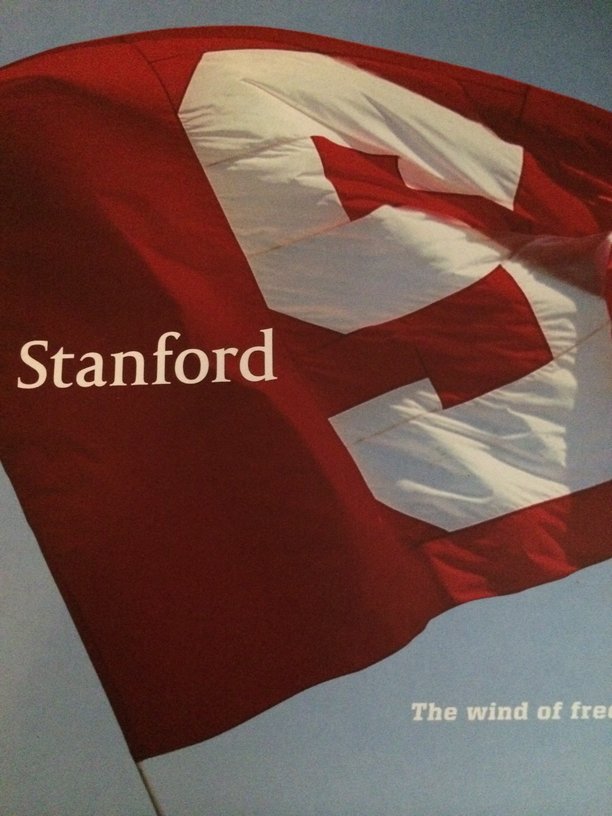Likely letters create unfair aspect of college admissions
March 9, 2014
Although there are still a few weeks until most colleges release regular decision results, some students across the country have been hearing good news. The time has come for many top notch schools to start releasing their so-called “likely letters.” While likely letters sound good to those who are fortunate enough to receive one, they are unfair for everyone else involved in the college application process.
Towards the end of February to the beginning of March, likely letters are sent out to a select group of students. Most commonly associated with the Ivy League, more and more schools are using these in order to let their strongest applicants know they can relax.
As it stands, the entire system of sending such letters is unfair. If schools wish to implement such a system, they should move to a rolling admission way of notifying students. This way, rejects would not have to go through the agonizing wait to be rejected, and admits would be sure of their place.
And while it is very infrequent, there is always the possibility of a false positive from a likely letter. They do not guarantee an offer of admission, and it is possible for a likely letter to not necessarily mean an acceptance, although they usually do.
Yet another way the likely letters are unfair is their lack of coverage of admits. Harvard, for example, sends about 200 letters to athletes and 100 to non-athletes. This in no way represents the majority of admits or even a large percentage. Instead, it makes people who do not receive them even more worried about the cutthroat admissions process. Additionally, it gives the students who receive them the unfair advantage of knowing weeks before their competitors.
Essentially, likely letters allow colleges to break their stated notification dates in order to try to convince the strongest applicants to attend their schools. In doing so, these letters hurt every applicant, admitted or not, other than the lucky few who receive such letters.






